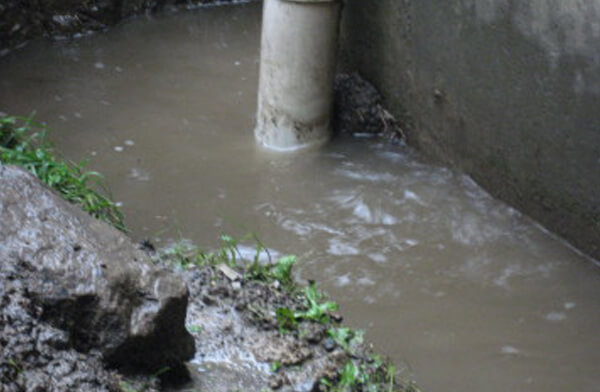Expose Hidden Water Line Leaks: 6 Proven Techniques for Detecting
Expose Hidden Water Line Leaks: 6 Proven Techniques for Detecting
Blog Article
Just how do you really feel on the subject of Leaking water lines?

Early detection of leaking water lines can reduce a prospective calamity. Some little water leaks may not be visible.
1. Analyze the Water Meter
Every residence has a water meter. Checking it is a surefire way that assists you find leakages. For starters, shut off all the water sources. Make certain nobody will certainly purge, utilize the tap, shower, run the cleaning maker or dish washer. From there, most likely to the meter and also watch if it will change. Because nobody is using it, there ought to be no motions. If it moves, that suggests a fast-moving leak. Furthermore, if you identify no changes, wait a hr or 2 and also examine back once more. This implies you may have a slow leak that could even be below ground.
2. Examine Water Intake
If you spot sudden modifications, regardless of your usage being the same, it indicates that you have leaks in your plumbing system. A sudden spike in your bill indicates a fast-moving leakage.
A consistent rise every month, also with the same routines, shows you have a sluggish leak that's likewise gradually intensifying. Call a plumber to extensively examine your residential property, especially if you really feel a cozy area on your flooring with piping underneath.
3. Do a Food Coloring Test
When it comes to water consumption, 30% comes from bathrooms. If the color somehow infiltrates your dish throughout that time without flushing, there's a leakage between the storage tank as well as dish.
4. Asses Outside Lines
Don't neglect to examine your outdoor water lines as well. Examination faucets by affixing a garden hose pipe. Must water seep out of the connection, you have a loose rubber gasket. Replace this as well as make certain all links are tight. It will help get it expertly took a look at as well as kept annually if you've obtained a lawn sprinkler system. One little leak can throw away tons of water as well as increase your water costs.
5. Check and Analyze the Situation
Homeowners must make it a routine to check under the sink counters and even inside cabinets for any bad odor or mold development. These two red flags show a leak so timely attention is required. Doing regular examinations, also bi-annually, can save you from a major problem.
Examine for discolorations and deteriorating as most pipelines and devices have a life expectancy. If you presume dripping water lines in your plumbing system, don't wait for it to rise.
Early detection of dripping water lines can reduce a potential catastrophe. Some tiny water leakages may not be visible. Examining it is a guaranteed means that assists you discover leakages. One little leak can waste heaps of water as well as spike your water expense.
If you suspect leaking water lines in your plumbing system, do not wait for it to intensify.
WARNING SIGNS OF WATER LEAKAGE BEHIND THE WALL
PERSISTENT MUSTY ODORS
As water slowly drips from a leaky pipe inside the wall, flooring and sheetrock stay damp and develop an odor similar to wet cardboard. It generates a musty smell that can help you find hidden leaks.
MOLD IN UNUSUAL AREAS
Mold usually grows in wet areas like kitchens, baths and laundry rooms. If you spot the stuff on walls or baseboards in other rooms of the house, it’s a good indicator of undetected water leaks.
STAINS THAT GROW
When mold thrives around a leaky pipe, it sometimes takes hold on the inside surface of the affected wall. A growing stain on otherwise clean sheetrock is often your sign of a hidden plumbing problem.
PEELING OR BUBBLING WALLPAPER / PAINT
This clue is easy to miss in rooms that don’t get much use. When you see wallpaper separating along seams or paint bubbling or flaking off the wall, blame sheetrock that stays wet because of an undetected leak.
BUCKLED CEILINGS AND STAINED FLOORS
If ceilings or floors in bathrooms, kitchens or laundry areas develop structural problems, don’t rule out constant damp inside the walls. Wet sheetrock can affect adjacent framing, flooring and ceilings.
https://www.servicemasterbyzaba.com/blog/how-to-detect-water-leakage-in-walls/

I recently found that article about Detecting hidden plumbing leaks while doing a search on the search engines. In case you appreciated our blog posting please make sure you remember to pass it around. Thanks for your time invested reading it.
Call for expertise! Report this page